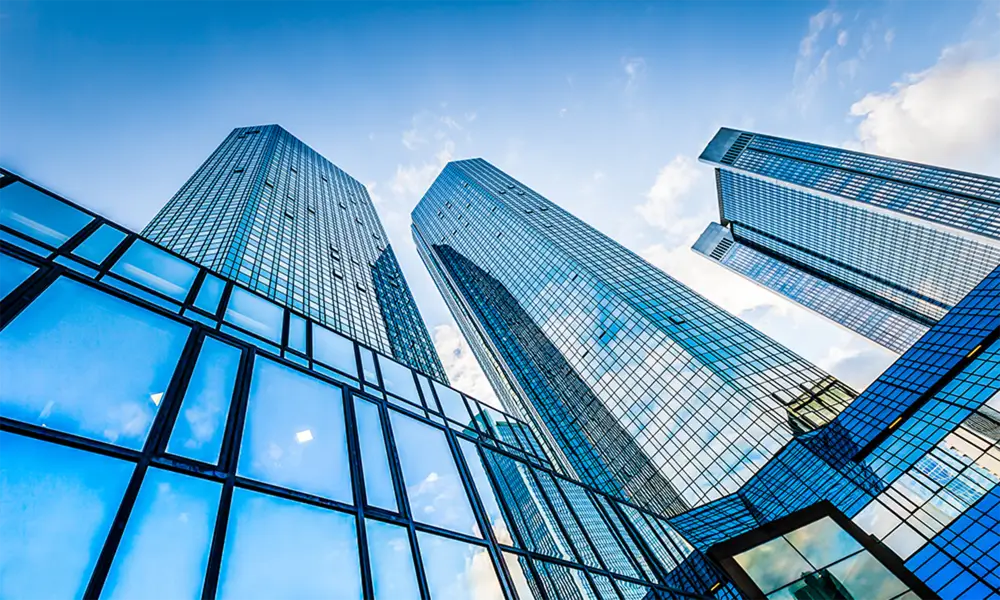

The Benefits and Applications of Single Low-E Glass
In today's world, energy efficiency and environmental sustainability are at the forefront of architectural design and building materials. One of the standout innovations in this field is single low-emissivity (low-E) glass. This advanced glazing technology offers remarkable benefits, making it an ideal choice for both residential and commercial buildings. This article explores the features, advantages, and applications of single low-E glass.
Understanding Single Low-E Glass
Single low-E glass is a type of glass that has been treated with a thin metallic coating, typically made from silver or a similar material. This coating reflects infrared energy while allowing visible light to pass through. The term low-emissivity refers to the glass's ability to reduce the amount of radiant heat that escapes through the glass. Unlike traditional glass, which can contribute to heat loss and gain, single low-E glass acts as a barrier to unwanted thermal transfer.
Benefits of Single Low-E Glass
1. Energy Efficiency The primary advantage of single low-E glass is its energy-saving properties. By minimizing heat transfer, it helps maintain stable indoor temperatures. In colder climates, this means reduced heating costs, while in warmer climates, it can lower cooling expenses. Studies have shown that buildings using low-E glass can achieve significant energy savings over time.
2. UV Protection Single low-E glass also provides protection against harmful ultraviolet rays. UV rays can fade furniture, carpets, and artwork, leading to expensive replacements. By blocking a significant percentage of these rays, low-E glass helps preserve the interior of the building, further enhancing its longevity and aesthetic appeal.
3. Condensation Resistance Condensation can present a variety of issues in homes and commercial buildings, including mold growth and deterioration of materials. Single low-E glass is designed to minimize condensation on its surface. This feature not only aids in maintaining the integrity of the building but also improves indoor air quality.
4. Comfort Enhancement Low-E glass contributes to overall indoor comfort. By regulating heat flow, it ensures that living and working environments remain comfortable regardless of seasonal temperature variations. This consistency in temperature can lead to enhanced productivity in workplaces and improved quality of life at home.

5. Aesthetic Appeal Single low-E glass does not compromise on aesthetics. It is available in various styles and finishes, allowing architects and builders to incorporate it into diverse design schemes without sacrificing beauty. Its clarity also enhances visibility and light transmission, creating bright and inviting spaces.
Applications of Single Low-E Glass
Single low-E glass can be used in a variety of applications, making it versatile for numerous building projects
- Residential Windows Homeowners can benefit from single low-E glass in window installations, promoting energy efficiency while enhancing comfort and aesthetics.
- Commercial Buildings Skylights, storefronts, and office buildings can utilize low-E glass to create energy-efficient environments that attract and retain tenants.
- Curtain Walls In modern architecture, curtain walls made from low-E glass are popular for large buildings, allowing architects to achieve sleek designs while optimizing energy performance.
- Solar Panels Single low-E glass is also used in solar panel technology, helping to maximize energy capture while minimizing heat loss.
Conclusion
In conclusion, single low-E glass is an innovative solution that aligns with the goals of energy efficiency, environmental sustainability, and modern architectural design. Its unique properties, such as energy savings, UV protection, condensation resistance, and aesthetic versatility, make it an excellent choice for a variety of applications. As the emphasis on sustainable building practices continues to grow, the adoption of single low-E glass is likely to increase, paving the way for more eco-friendly and comfortable living and working environments.